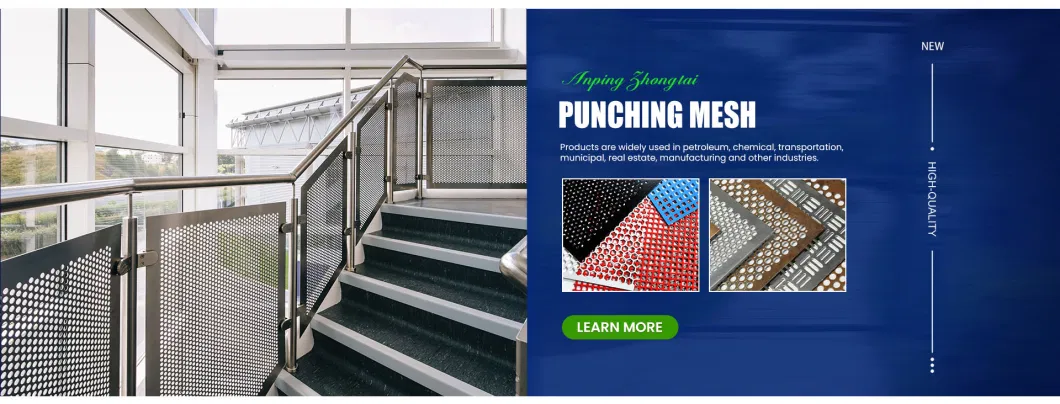Steel Drainage Grates An Essential Component for Drainage Systems
Drainage systems play a crucial role in managing water runoff, preventing flooding, and protecting infrastructure. Among the various components that contribute to effective drainage are steel drainage grates. These grates not only facilitate the efficient flow of water but also ensure safety and maintain the aesthetics of urban environments. This article explores the significance, types, benefits, and considerations associated with steel drainage grates.
Significance of Steel Drainage Grates
Steel drainage grates serve multiple functions in urban planning and civil engineering. Their primary role is to cover drain openings, allowing water to flow into drainage channels while preventing debris and larger objects from clogging the system. This is particularly important in urban areas where excessive runoff can lead to flooding and water damage. By directing water away from roads, sidewalks, and other surfaces, steel grates help maintain the integrity of infrastructure and enhance public safety.
Types of Steel Drainage Grates
There are several types of steel drainage grates, each designed to meet specific needs and conditions. The most common types include
1. Bar Grates These are made of parallel steel bars that provide a strong support structure while allowing ample water flow. They are often used in parking lots and roadways and can withstand heavy loads.
2. Slotted Grates With elongated slots instead of bars, slotted grates are designed to capture water evenly across the surface. This type is particularly effective in areas with high rainfall.
3. Heel Guard Grates These are specifically designed to prevent accidental slips and falls. Their unique shape protects pedestrians by ensuring that heels and small objects cannot get stuck.
Each type of grate offers specific advantages and is chosen based on the environment and intended use.
Benefits of Steel Drainage Grates
steel drainage grates

Steel drainage grates come with a plethora of advantages
- Durability Steel is a robust material that can withstand harsh weather conditions, heavy loads, and corrosion, especially when coated with protective finishes such as galvanization.
- Safety Steel grates designed with anti-slip surfaces enhance safety for pedestrians and vehicles, significantly reducing the risk of accidents.
- Maintenance Unlike other materials, steel grates are relatively easy to clean and maintain. They can endure rigorous cleaning without compromising their structural integrity.
- Aesthetically Pleasing Modern steel grates can be designed with various patterns and finishes, adding aesthetic appeal to public spaces while remaining functional.
Considerations for Installation
While steel drainage grates offer numerous benefits, there are several considerations to keep in mind during installation
- Load Capacity It is essential to choose grates that can support the expected load based on their location, whether in a residential area, commercial zone, or heavy traffic road.
- Drainage Requirements The specific drainage needs, including the volume of water to be managed and local climate conditions, should influence the selection of grate type and design.
- Local Regulations Compliance with local building codes and regulations is critical to ensure that drainage systems function effectively and safely.
In conclusion, steel drainage grates are integral to effective drainage systems, providing functionality, safety, and aesthetic value in urban environments. Their durability and adaptability make them an essential component for engineers and urban planners alike. By understanding their types, benefits, and considerations, stakeholders can make informed decisions that enhance drainage solutions in various settings. Whether dealing with heavy rainfall or managing urban runoff, steel drainage grates remain a reliable choice for effective water management.
-
Why Galvanized Trench Cover Steel Grating Resists Corrosion
NewsJul.10,2025
-
The Versatility and Strength of Stainless Expanded Metal Mesh
NewsJul.10,2025
-
Load Calculations in Steel Grating Platforms
NewsJul.10,2025
-
Keeping Pets and Kids Safe with Chicken Wire Deck Railing
NewsJul.10,2025
-
Hole Diameter and Pitch for Round Perforated Metal Sheets
NewsJul.10,2025
-
Aluminium Diamond Mesh in Modern Architecture
NewsJul.10,2025
Subscribe now!
Stay up to date with the latest on Fry Steeland industry news.

